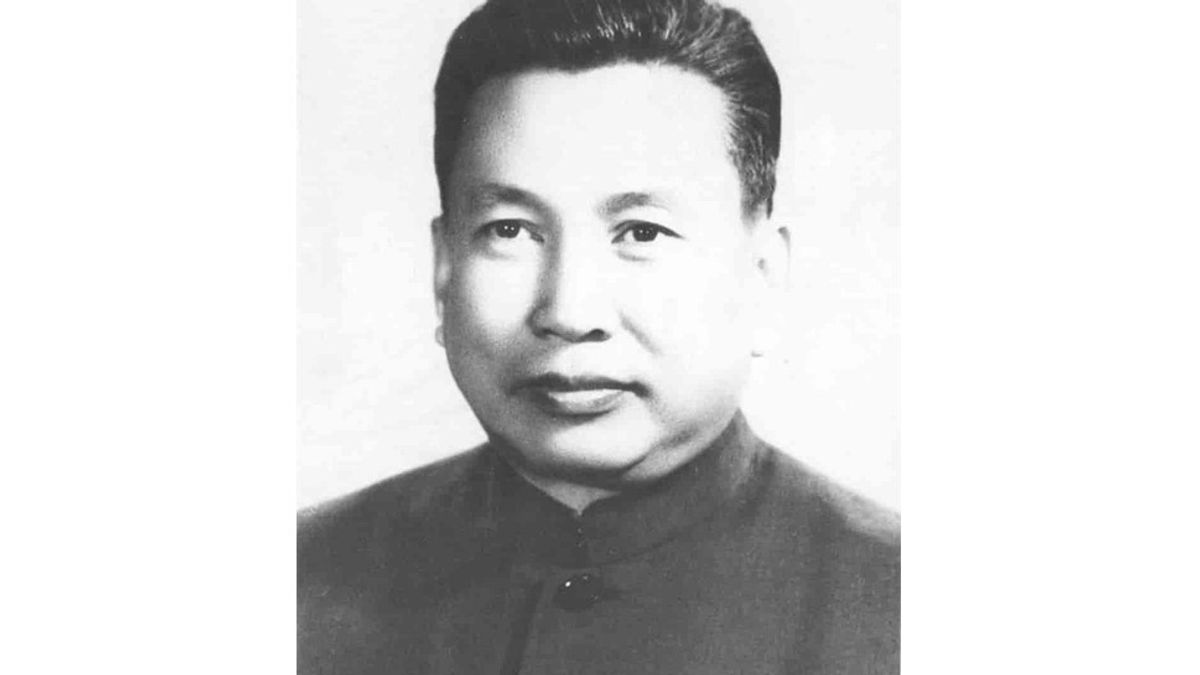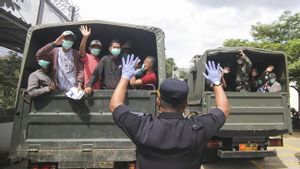JAKARTA - On January 7, 1979, Vietnamese troops captured the Cambodian capital, Phnom Penh, overthrowing the brutal regime of Pol Pot and his Khmer Rouge. After Pol Pot was overthrown, a moderate Communist Government was established. Pol Pot and the Khmer Rouge retreated back into the forest.
Citing History, throughout the 1980s, the Khmer Rouge still received weapons from China and political support from the United States (US), which opposed the occupation of Vietnam. But the Khmer Rouge's influence began to wane after the armistice agreement in 1991. The Khmer Rouge movement finally collapsed completely.
In 1997, Pol Pot was put on trial after an internal power struggle toppled him from his leadership position in the Khmer Rouge. Pol Pot was later detained for life by a "people's court." Pol Pot later stated in an interview that his heart was clean.
“I came to fight, not to kill people. Even now, and you can see me: am I a savage? My conscience is clear."
Pot Pol spent the rest of his life under house arrest. He died on April 15, 1998 near Anlong Veng, Cambodia, of natural causes.

On April 17, 1975, the Khmer Rouge captured Phnom Penh, the capital of Cambodia. The Khmer Rouge overthrew the pro-US regime and established a new government, the People's Republic of Kampuchea. Around half a million Cambodians died during the civil war, but it wasn't the worst.
As Cambodia's new ruler, Pol Pot began to transform the country according to his vision of an agrarian utopia. Many factories and schools were closed, and currency and private property were abolished. The Khmer Rouge executed people they believed represented the “old society.” Those people included intellectuals, merchants, Buddhist monks, former government officials and former soldiers.
In addition, the Khmer Rouge targeted members of Cambodia's ethnic minority. According to Biography (https://www.biography.com/political-figure/pol-pot), half of the Chinese living in Cambodia at that time were killed. In addition, about 90,000 Muslims from the Cham tribe were also executed. Meanwhile, Vietnamese residents in Cambodia were expelled or killed.
Anyone believed to be an intellectual, such as someone who spoke a foreign language, was also immediately killed. Skilled workers were also killed. Anyone caught in possession of glasses, watches, or other modern technology will end up dead.

Victims of the Khmer Rouge Regime (Photo: Wikimedia Commons)
Millions of people who failed to escape Cambodia were also herded into rural collective farms. Between 1975 and 1978, an estimated two million Cambodians died from executions, forced labor, and starvation. The Khmer Rouge regime also insisted on recreating the existing rice fields to have the symmetrical squares depicted on their coat of arms.
Those who complained about or broke the rules were tortured in detention centers and then killed. During the Cambodian genocide, the bones of millions of people who died from malnutrition, overwork or inadequate health care, also filled mass graves across the country.
*Read other information about TODAY's HISTORY or read other interesting articles from Putri Ainur Islam.
TODAY'S HISTORY MoreThe English, Chinese, Japanese, Arabic, and French versions are automatically generated by the AI. So there may still be inaccuracies in translating, please always see Indonesian as our main language. (system supported by DigitalSiber.id)










